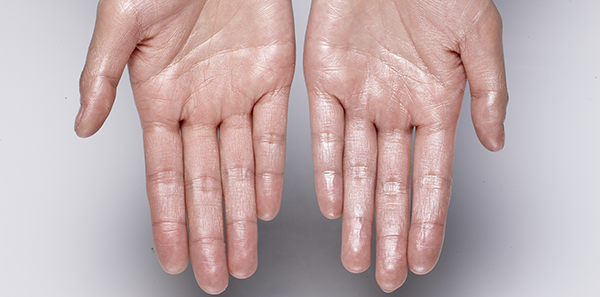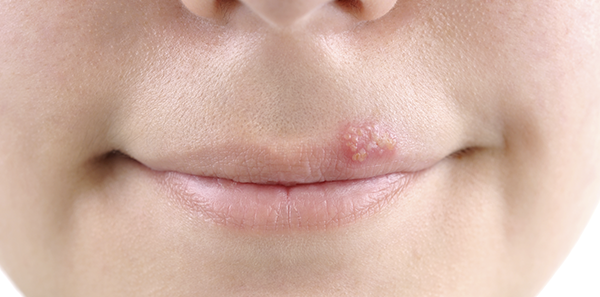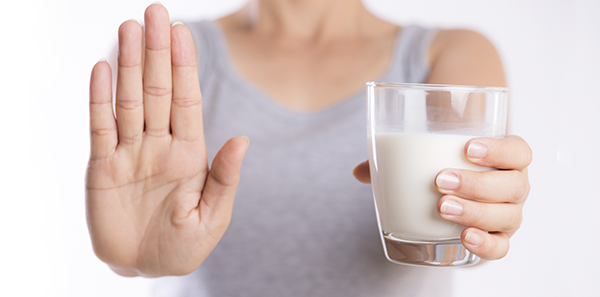
What is hyperhidrosis?
It’s a disease characterised by excessive sweating in one or more parts of the body.
What causes hyperhidrosis?
It’s caused by a body temperature regulation disorder that affects the sweat glands. The production of sweat depends on heat regulatory pathways that control the activity of neurons in the sympathetic nervous system. A system failure causes more sweat to be produced than is necessary to maintain body temperature.
Sweating disorders can be segmental, such as idiopathic palmar-plantar hyperhidrosis, which usually begins in adolescence and improves with age.
Types of hyperhidrosis
There are two types, primary, which occurs without an obvious cause and at any time, the best example being palmar-plantar hyperhidrosis, and secondary, which is usually due to endocrine disorders, such as thyroid and pituitary pathology, diabetes mellitus, hormonal abnormalities – menopause – and some endocrine tumours.
Types of treatment
Normally some type of treatment is needed, because in addition to the dermatological neuroendocrine disorder, this excess sweating involves a serious psychological component, both emotional and social. There are several types of treatment:
- Topical – Antiperspirant solutions (aluminium chloride). Only effective in axillary hyperhidrosis. These can dry out the skin and cause inflammation.
- Oral – Using anticholinergic drugs. These have side effects so may only be prescribed by a doctor (dry skin and mucous membranes, arrhythmias, etc.)
- Botulinum toxin – Botox. In palmar-plantar and axillary hyperhidrosis. This is temporary, but effective. It’s usually associated with oral treatment to reduce doses and have fewer side effects.
- Sympathectomy – This is performed by thoracic surgery and consists of reaching the paravertebral sympathetic nervous system by performing a thoracoscopy. A pneumothorax is provoked to access the paravertebral sympathetic ganglia and the area on which the area to be treated depends is electrocoagulated.
Any of these procedures has its drawbacks and adopting one or the other will depend on the severity or severity of the hyperhidrosis.












